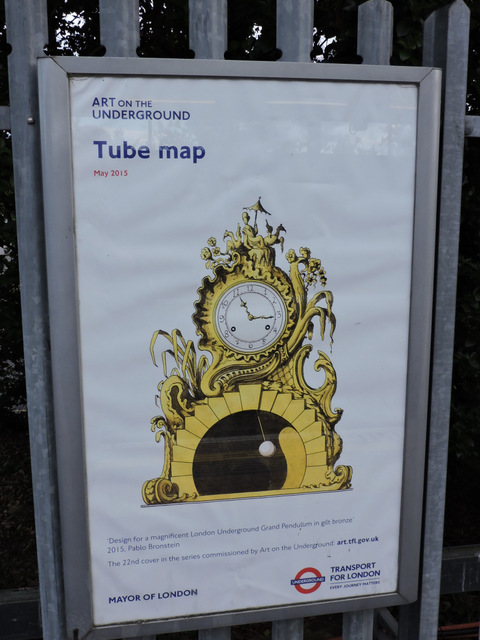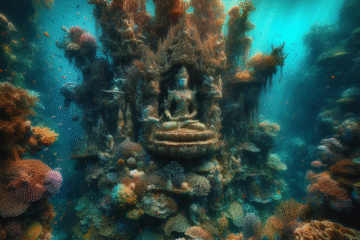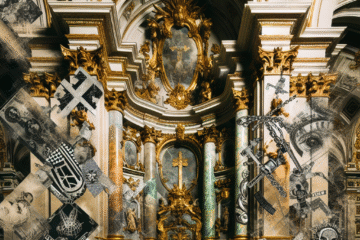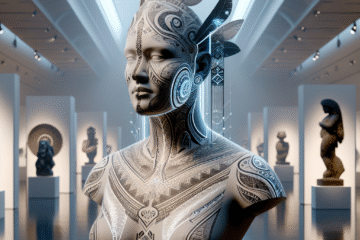Introduction: Art in the Time of Fear
Throughout the 20th century, authoritarian regimes across the globe sought to silence dissident voices. Yet while guns and laws could suppress speech, the visual language of art proved far more elusive. In countries like Francoist Spain and Pinochet’s Chile, artists were forced underground, exiled from institutions, and denied public platforms. But instead of silence, they turned to subtlety—embedding messages in symbols, layering visual metaphors, and constructing entire artistic dialects legible only to the initiated. These were the “Shadow Painters,” creators who reshaped the visual arts under the pressure of censorship and fear.
The story of underground or exiled art is not just one of resistance but of innovation. Forced into hidden worlds, these painters developed new techniques, borrowed from older traditions like surrealism and symbolism, and infused their work with encoded truths. This blog post explores five key chapters in this movement, tracing its evolution through different nations and decades.
Chapter 1: Franco’s Spain and the Birth of Visual Subversion
In post-Civil War Spain, the iron grip of Francisco Franco smothered dissent in every cultural form. The visual arts were strictly monitored; works deemed subversive or too experimental were banned. However, artists like Antoni Tàpies navigated this terrain by weaving abstraction and symbolism into their paintings. Eschewing explicit imagery, Tàpies used textures, scars, and material surfaces to hint at repression and psychological trauma.
Beyond abstraction, surrealism provided another cloak. Artists such as Remedios Varo and Óscar Domínguez tapped into the Spanish surrealist tradition to create dream-like canvases filled with cryptic, often magical, elements. The detachment from immediate reality gave these works plausible deniability, allowing messages of dissent to pass under the radar while resonating deeply with those living under oppression.
Chapter 2: Chile Under Pinochet — Layers of Insurgency
Following the 1973 coup that ousted Salvador Allende, Chile entered a prolonged period of violence and authoritarianism under Augusto Pinochet. Artists risked imprisonment or worse for critical expression. Yet rather than go silent, many turned to the creation of ‘arpilleras’—hand-sewn tapestries made mostly by women, depicting scenes of repression and hardship in highly coded forms.
Meanwhile, figures like Eugenio Dittborn pioneered the strategy of ‘Art Airmail’—sending large-scale paintings hidden in envelopes through international post, circumventing censorship and smuggling powerful critiques of the regime abroad. His use of xerography and textiles pointed to a hybrid aesthetic, where technology and craft united in a politically charged form.
Chapter 3: Eastern Bloc Expressionism — The Language of the Icon
In the Soviet sphere, from East Germany to Czechoslovakia, censorship was equally stifling. Socialist realism was the state-sanctioned style, designed to glorify the working class under Communist doctrines. Any deviation was deemed ‘formalist’ or ‘bourgeois.’ That didn’t stop artists like Andrzej Wróblewski in Poland or Miklós Erdély in Hungary from embedding critiques in religious imagery, use of empty spaces, or distorted forms that drew upon religious icons and medieval art.
The underground art scenes in cities like Prague and Budapest existed through secret exhibitions in private homes. These ‘apartment galleries’ allowed artists to exhibit work and exchange ideas without state interference. A digital renaissance of these once-hidden collections is beginning today, decades later, revealing how iconography—once tools of state narratives—were reclaimed as emblems of resistance.
Chapter 4: South African Apartheid and the Visual Resistance
While not a Latin dictatorship, South Africa under Apartheid shared many strategies of censorship and brutal silencing. Black artists like Dumile Feni and Gerard Sekoto were forced into exile or internal suppression, developing styles that merged expressionism with township life. Feni’s work, often bleak and gestural, hinted at the psychological violence of racial segregation through distorted human figures and oppressive space.
In exile, artists adopted modern printing technologies and graphic design, creating posters and mail art for ANC and international solidarity campaigns. These visuals weren’t merely protest tools—they became part of a transnational visual resistance network. The juxtaposition of traditional African mythology with avant-garde European styles formed a hybrid voice unique to underground South African resistance art.
Chapter 5: Digital Shadows — Surveillance and Modern Underground Art
While the Cold War has ended, authoritarian regimes persist—and artists continue to adapt. In recent years, digital art has become a new frontline. Chinese and Iranian artists like Badiucao and Parastou Forouhar use internet anonymity, memes, and coded visual systems to criticize governments while evading censorship. For these modern Shadow Painters, Photoshop and TikTok have replaced canvas and brush, but the stakes remain high.
These digital dissenters use semiotics to mask political messages—employing pop culture icons, ironic overlays, and allegorical figures to bypass algorithmic filters and government firewalls. Emerging technologies like NFTs now offer hidden, decentralized galleries, allowing underground art to survive censorship through blockchain permanence.
Conclusion: The Power of the Hidden Image
From embroidered tapestries in Chile to datastreams of visual satire in today’s digital age, the history of underground art is an astonishing testament to human resilience. These artists transformed fear into ingenuity, developing subversive forms that often outlived the regimes they opposed. Their coded symbols and veiled critiques enriched the visual language of resistance and birthed new artistic genres still resonant today.
Art, in the hands of political exiles and censored visionaries, becomes something more than expression—it becomes survival, memory, and rebellion. Their legacy challenges us to look harder, to read between the brushstrokes, and to recognize that sometimes the most powerful art lives in the shadows.



